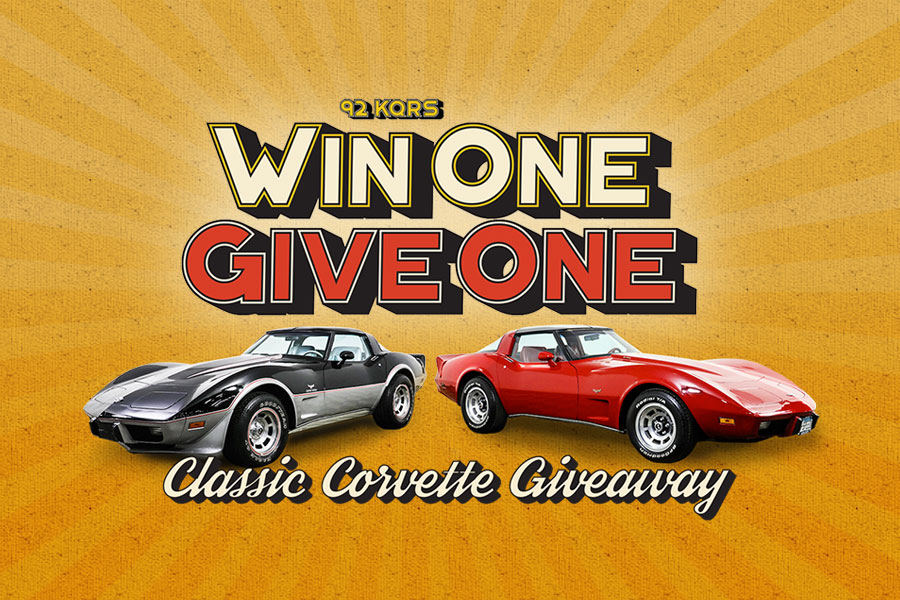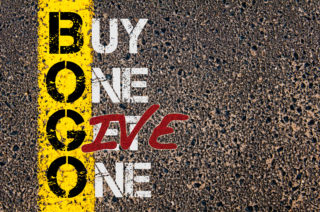
I wrote this blog post for Jacob’s Media and it appeared April 8, 2020 on JacobsMedia.com. You can argue the coronavirus made life as we know it undistinguishable. Nearly every facet of “normal” was upended swiftly and with fury. However, what we found among the isolation and anxiety was a rebirth of community and compassion. It forced us all to step back and assess what really matters, and a clear sign to media content managers and marketers to throw out the rule book.
The late Nick Michaels, brilliant writer, producer and voiceover artist once told me:
“It’s not how many albums an artist sells or what number a song reaches on a chart, it’s how the music makes you feel.”
“The feels” – it’s all about that inexplicable emotion that comes over you when you’ve been moved by music, art, a sporting achievement, or the words of another person.
That same sentiment us programmers, marketers and ad agencies are trying to generate. It is tough enough connecting with a disengaged, distracted audience with short attention spans. Add to that a totally disruptive pandemic affecting every segment of life as we know it, and we’ve got challenges never before imagined.
Since times have changed, we, too, must change in order to keep our customer base as strong as possible, whether they’re listeners or advertisers. What type of messaging cuts through best in times of crisis? Comfort, reassurance, compassion, a sense of community, and defining what your brand and company stand for.
We’re going thru a transformative period that will elevate companies and brands that project an image of greater good and companionship.
At some point we’ll return to normal market dynamics with products wrestling for shelf space and fiercely competing price points. But until then, connecting with a public that’s frightened, worried and completely out of their comfort zone requires genuine, inventive thinking from media buyers, campaign managers and Program Directors in order to maintain client and audience trust.
Companies like Chick-fil-A and Boston Beer are recent examples. Their ads barely talk about their core products- instead, it’s all about “paying it forward” and doing the “right thing” by treating people with compassion and warmth. Boston Beer, maker of Sam Adams Boston Lager, uses their ad time showing people “toasting” each other with short vignettes about why that certain someone is important to them in their lives
Last year at KQRS, I had an opportunity to give away two 1970’s classic Corvettes.
Our station’s audience is comprised largely of Baby Boomers, so giving away a couple of awesome sports cars was a perfect fit.
The campaign was a success, resonating with our core audience on-air and online. We added one unique element setting it apart from traditional contests.
The hook? One person won both cars but had to give the other vehicle to someone deserving in their life. We used two iconic American cars that connected with the Classic Rock generation.
And then we “humanized the prize.”
The catalyst for the success of this event was the sharing of stories from listeners. In addition to the typical “listen & win” mechanics, every person who qualified to win the Corvettes was asked to identify who would receive the car, then share with the audience “why.”

As the contest progressed, the storytelling became increasingly emotional and inspirational. There was the woman who wanted to give the second Vette to her brother when he returns home from Afghanistan. Or the son who wanted to bestow the second car on his dad who always wanted a Corvette when he was younger, but couldn’t afford it.

Could the widely used BOGO acronym in advertising and marketing be updated to “Buy One, Give One?” In today’s climate, it’s an idea that has merit. And it doesn’t require two expensive sports cars to make an impact.
COVID-19 has forced us to work together and “pay it forward” to fight this silent enemy. Shelter-in-place and upending our normal routines has challenges, but it’s also an opportunistic time for brands who rely on revenue from advertisers and ratings from engaged listeners.
Smart companies include some type of social responsibility component in their consumer messaging – especially now. Being memorable in a time of crisis doesn’t have much to do with price, inflated claims, or how many songs you play in a row. It’s all about what you stand for, and how you can impact people’s lives when they need it most.
The emotional connection of brands and products made now has long term benefits of building trust with current customers and listeners along with developing relationships with new ones.
Remember to “own the heart” because it’s all about how it makes you feel.
Let’s redefine BOGO.